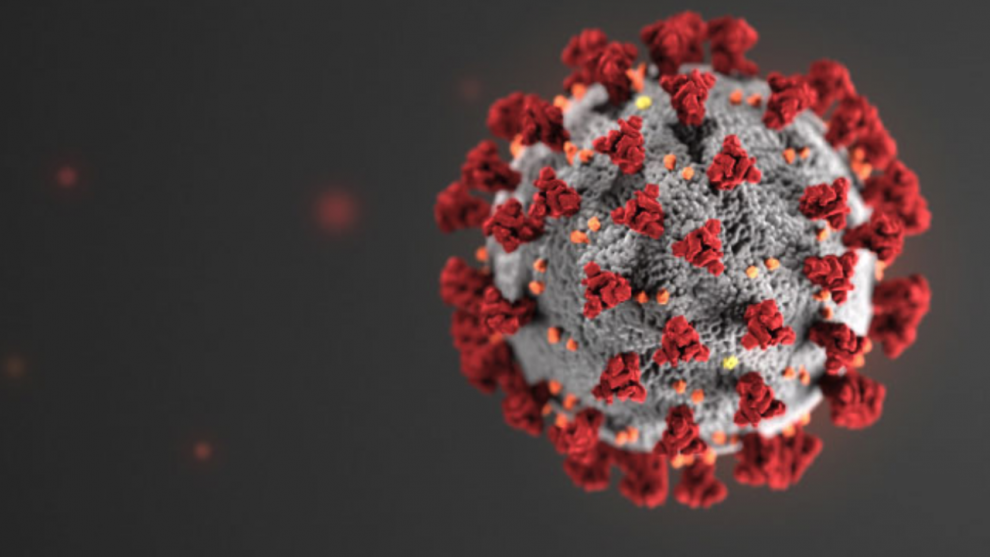Since the first recorded cases in Wuhan, China, in December 2019, COVID-19 has become a household name, spreading to over 200 countries. The pandemic has been dominating global news headlines for the past month, but with the numbers and the news changing by the hour, it can often be difficult to keep track of the situation.
Over 2.5 million cases have been confirmed around the world. Fortunately, recoveries are more common than deaths. In the United States, which is now the country with the most recorded cases in the world, the epicenter of the outbreak is New York. Around thirty percent of cases in the US are located in New York state, and around half of US cases are located within the tri-state area. Fortunately, in the past few days, the number of new confirmed cases in New York seems to be approaching a plateau. In areas such as California and Washington, the situation also seems to be improving, with the rate of growth of new cases beginning to slow. This doesn’t mean that we’ve seen the end of it though. Cases in New York are still doubling every three weeks.
To aid in decreasing the spread of the virus, New Yorkers are now required to wear masks when visiting areas where social contact is unavoidable. This includes public transportation, grocery stores, and other places where six feet of distance from others cannot be maintained. This new requirement was put into place because of the large number of potential asymptomatic cases of coronavirus. People who are asymptomatic may be unaware that they have the virus and may spread inadvertently if they don’t take proper precautions. The CDC now recommends that members of the public use homemade face masks as well, a change from their previous recommendation to save face masks for health-care workers.
A report that the virus is airborne has recently been publicized, however, it is far too soon to jump to conclusions. The scientific study in question found that the virus could remain in the air for up to three hours, but the lab conditions used were quite far from conditions in the real world. Conflicting case studies further complicate the question. Regardless of whether the virus is airborne or not, following social distancing guidelines is essential for preventing the transmission of the virus. As the economy suffers and jobs are lost, protests against stay at home orders have begun in multiple states. However, it is important to realize that by preventing transmission, social distancing is the best way to ensure that adequate care can be provided to those who need it. With fewer cases, more resources can be devoted to treating affected individuals, thus helping to save lives.
So far, the virus has been spread primarily through human contact. Large droplets of body fluid are released when an infected person coughs, sneezes, or exhales, spreading the virus through the liquid. While these droplets may remain in the air for short periods of time, they are too large to remain suspended for long. Eventually, they fall onto surrounding surfaces. When someone touches a contaminated surface, then touches their eyes, nose, or mouth, the virus is able to infect them. This is why it is essential to frequently wash your hands and avoid touching your face.
In many areas around New York, local hospitals are being overwhelmed and resources are being stretched thin. Individuals can help by adhering strictly to social distancing guidelines, avoiding contact with people as much as possible. Donating supplies and food to local hospitals and medical facilities may also be a good way to support front-line health care workers who are putting their lives at risk. Finally, in an era of confusion and isolation, it’s important to reach out to loved ones and anyone who might be struggling as a result of the current situation.







